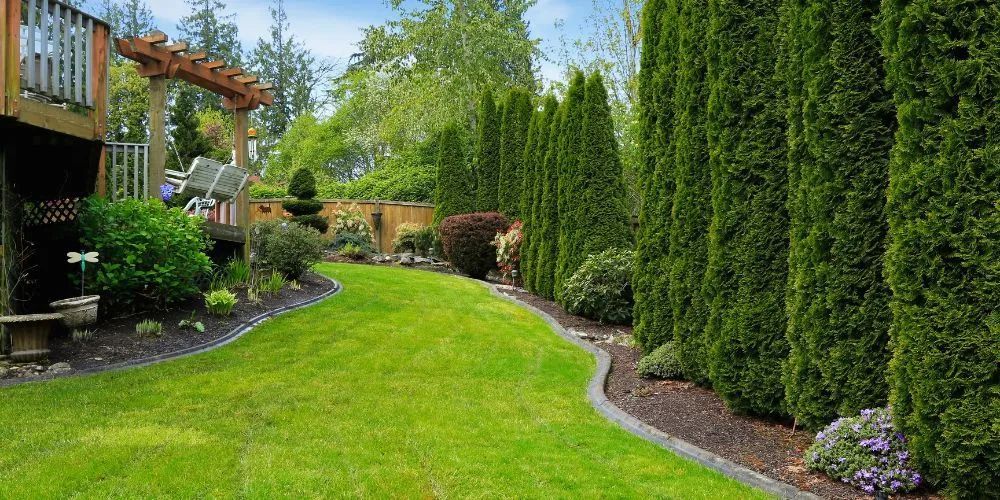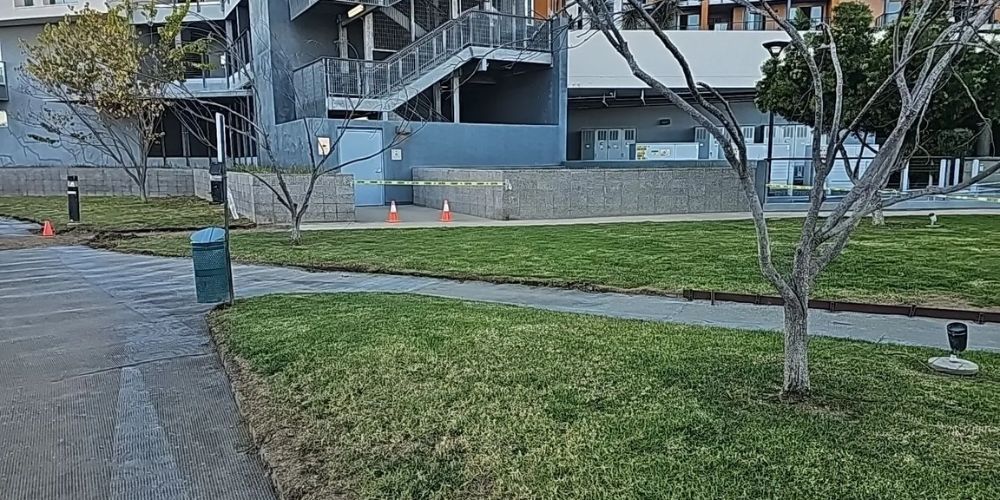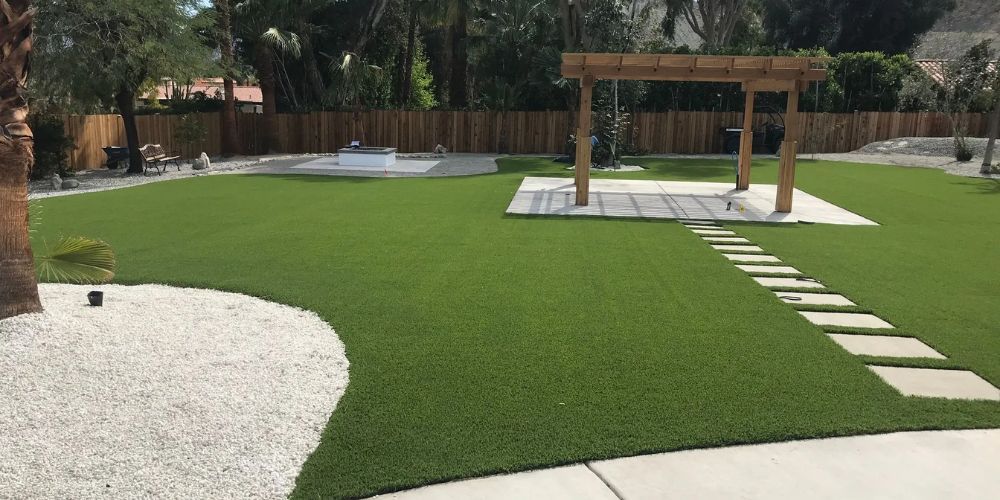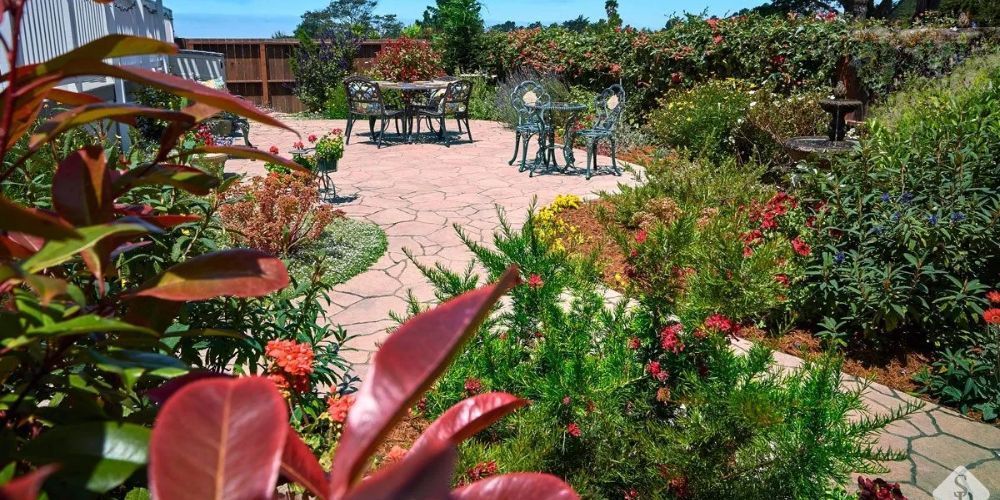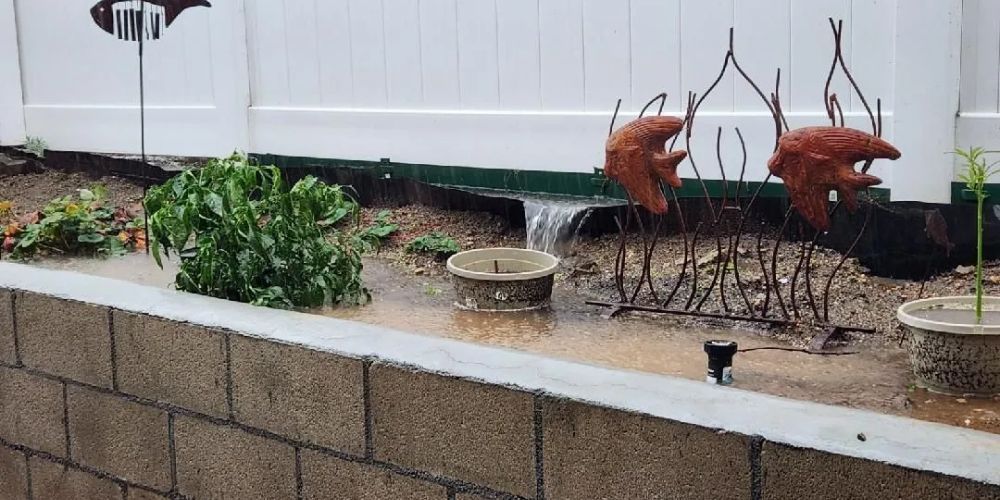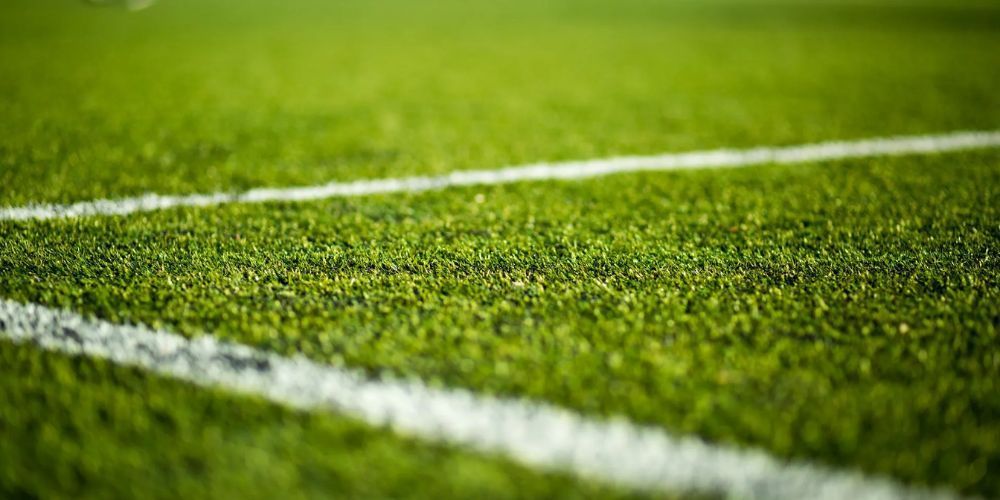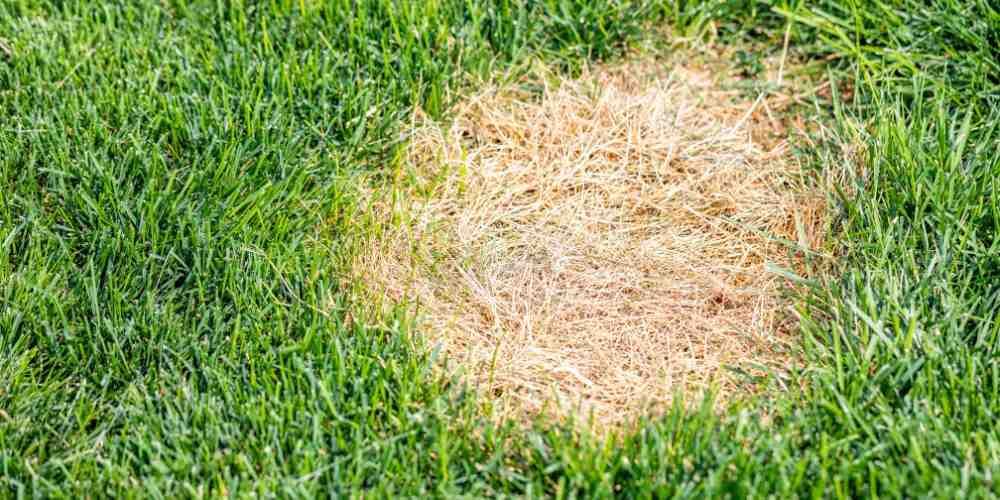Tips for Installing Synthetic Turf in Your Outdoor Space
Are you tired of the constant maintenance required to keep a natural lawn looking beautiful? Do you dream of a stunning green backyard without the hassle of mowing, watering, and fertilizing? If so, consider installing synthetic turf. With artificial grass, you can enjoy a gorgeous lawn that is always perfect for relaxation and entertainment, without the inconvenience and hard work of maintaining a natural lawn.
Planning and Preparation
If you plan on diving headfirst into the competitive world of synthetic turf installation, you must plan and prepare appropriately. Begin by measuring your outdoor space accurately and identifying any obstacles or irregularities that might pose a challenge during installation. Next, clear the debris space and ensure the ground is leveled and correctly compacted to provide a solid foundation for your turf.
Gathering Materials and Tools
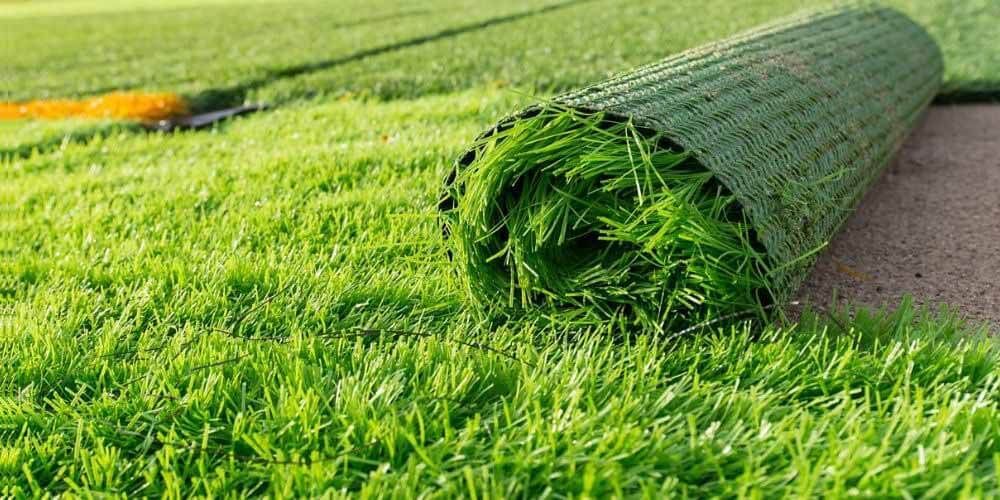
Now that you have a map of the site and a list of the tools, you will need to gather the necessary materials to complete the project. You will have synthetic turf rolls, adhesive or seaming tape, a turf cutter or a utility knife, and infill material to weigh down and stabilize the turf used. These materials are an investment that will guarantee a successful installation session.
Choosing the Right Synthetic Turf
Not all synthetic turf is the same. You must research and select a product that fits your needs and wants. You must consider pile height, manufactured blade structure, and color to give your yard the perfect style. It would be best if you also chose a turf compatible with outdoor elements that are UV-resistant and long-lasting. This way, your lawn will stay fresh for years to come.
Essential Maintenance Tips
Synthetic turf requires less maintenance compared to natural grass. However, proper maintenance is vital to maximize its lifetime and functionality. First, pick up debris and organic materials like leaves and pet droppings to prevent your turf from becoming smelly and discolored. Also, occasionally clean your synthetic grass with water to remove dust and rejuvenate its beauty. Lastly, brush the turf with a stiff bristle broom to raise and firm the blades.
Environmental Benefits of Artificial Grass
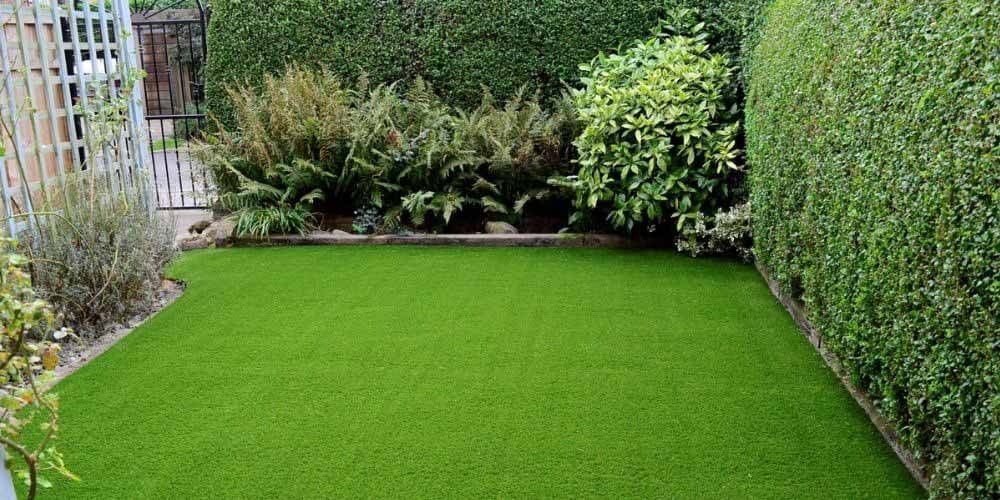
Aside from its beautiful appearance and low upkeep, synthetic turf has several environmental advantages that make it an ideal choice for an outdoor living area. It does not need high-frequency watering like traditional grass lawns, and it also eliminates the use of harmful chemicals associated with grass, such as pesticides and herbicides. Furthermore, it decreases the carbon produced by lawn care equipment such as lawnmowers and trimmers, making it a more beneficial investment for homeowners.
Conclusion
Synthetic turf is a decision you will never regret for your outdoor living space once correctly installed. Using the above expert tips for planning, preparation, and maintenance, your outdoor oasis will be luscious green, invitingly your home’s curb appeal, and a comfortable retreat for relaxation and entertainment.
At Landtech Scenery, we are experts at customized outdoor surroundings, our client's preferences, and our style. The leading landscape design company in San Diego is dedicated to providing the highest quality service to all clients. Whatever your outdoor vision or dreams are, our professional experts can bring them to reality and surpass your expectations!
